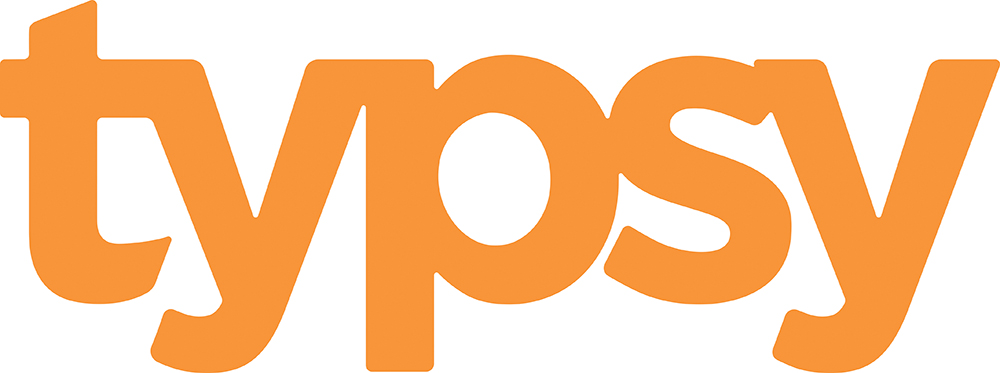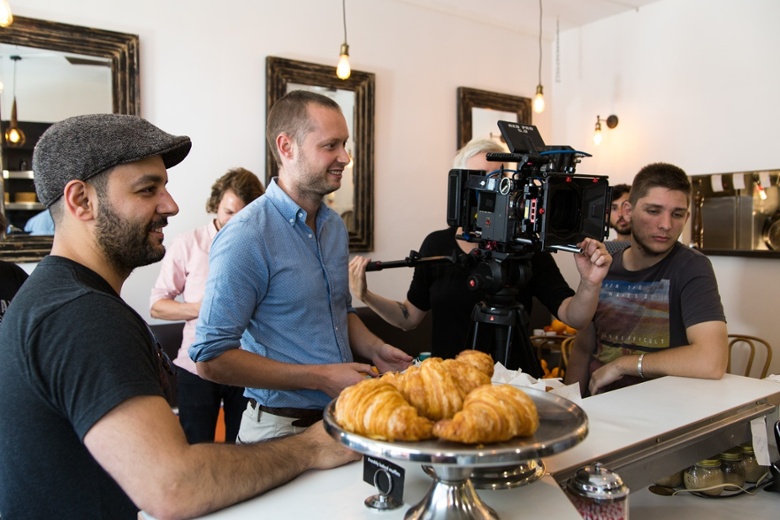Talking With: Typsy, Online Hospitality Training Provider
4 Min Read By MRM Staff
What’s in a name?
An online hospitality training company is finding out as they recently embarked on a total rebrand because they wanted a moniker tailored to their audience of hospitality professionals under the age of 25. Formerly known as Upside, the company now known as Typsy is based in Melbourne and Vancouver. Modern Restaurant Management magazine’s “Talking With:” series continues as we discuss the rebrand and the importance of training in the hospitality industry with the Typsy team.
Why did you choose to rebrand at this time?
We felt our old domain name www.upsidehl.com wasn’t strong enough. We had been planning a complete overhaul of our website for a long time, so it seemed like the perfect time to launch with a new name that reflected the company we have become. We wanted a name that spoke to a younger demographic. The word ‘tipsy’ has a bit of a fun and cheeky meaning in hospitality, but we’re also very much focused on the ‘tips’ side of that. And so Typsy was born! 
How do you define Typsy’s mission?
We want to give everyone in the hospitality industry access to world-class training instructors, no matter where they are in the world. We don’t think that owners and young hospitality workers should be restricted by time, budget or geography when it comes to training, and unfortunately those things can be huge barriers for businesses in our industry. It’s our mission to empower people through technology and education.
Who is your audience?
Our platform can be used by anyone looking to improve their skills in the hospitality industry, though our main audience is owners and their staff. We have purposefully edited our courses into bite-sized videos, so they’re perfect for hospitality workers who need help improving their skills but don’t have a lot of time for training. We also have a feature that allows owners and managers to create training playlists, which they can then schedule out to their teams.
Why is training so important in the restaurant/hospitality industry?
Training varies a lot from business to business, because it’s so difficult to organize. But we all know turnover in hospitality is extremely high. Ongoing training helps prevent that – it fills skills gaps, it makes employees more confident, and it increases their loyalty, which lowers training and recruitment costs for the restaurant.
What do Typsy’s products provide as compared to others in the market?
Our training platform has really been designed with business owners and managers in mind. They can schedule training out to specific venues, roles or team members, and they can also monitor how staff are responding to that training. The dashboard shows how many hours of training staff have completed, who their most engaged staff members are, and who needs a little bit of help. We think the ability to actually measure the effectiveness of training is vital.
Staff can also earn points for every course and quiz they complete. It brings an element of fun into it and restaurants can use those points to incentivize their teams – for example they could offer a reward to the person who has the most points at the end of the month. We think this will help people create training cultures in their venues.
How is visual training an effective tool for the industry?
It’s actually been proven that people are more engaged when they learn visually, and when people are more engaged, they’re more likely to retain information. When restaurants want to train new staff and they don’t have the time to do it properly, they can lean on visual training to do a lot of the heavy lifting for them, which will make their staff more confident from the start and less likely to leave. 
Video training is also much easier to access. Managers don’t have to spend time or money trying to get all of their staff in one place for a training session, and restaurants in country areas can access exactly the same expert advice as restaurants in cities.
How do you identify experts and topics for courses?
We go straight to hospitality businesses and ask them where they’re struggling, so we can come up with course topics that directly answer those problems. Our research team then digs really deep into that topic and finds someone who is absolutely world-class in that area to be our course instructor.
What topics have been popular?
People are really responding to our new service courses, which cover the basics like How to Greet and Seat Your Guests. Our wine 101 courses are also quite popular, including How Much Wine to Stock for a Function and How to Identify Off Wine. We’ve had a lot of views on Ryan Gromfin’s course about How to Write Menu Descriptions, and David Hayden’s course about Teaching Servers to Close a Sale.
What are issues you see challenging the restaurant industry worldwide? How can training help?
Finding and keeping quality staff is the really big one. Every time a staff member quits, restaurants have to find a replacement, schedule around that lost employee, interview someone new and then induct them all over again. And the more this happens, the unhappier the workplace culture gets, which just contributes to the cycle. Hospitality is always going to be a transient industry, but if staff receive proper training and development from the start, then they are more likely to stay longer and maybe even make a career out of their work.


